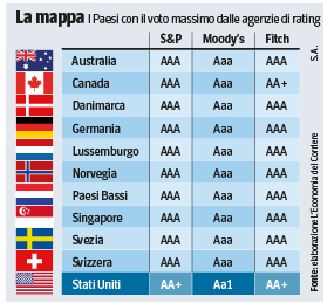Fertility, against microplasty purple and red foods at the table: they protect the reproductive system

In berries and, for example, different varieties of cabbage and grapes could hide a path to protect fertility from the possible effects of these « pollutants »
In purple or dark red foods, such as Bene fruits, black grapes, red cabbage, black ricecould hide a way for protect fertility by the possible effects of microplastics, Those micro and nano particles that derive from the fragmentation of plastic materials widely used for their versatility and resistance.
Microplastics everywhere
From the waves of the sea to arctic glaciers, to our blood, to urine and the most delicate tissues, Microplastics are everywhere And they penetrate the body through air, water, food or contact with the skin. «Several studies show that in mammals, including man, those lower than 10 microns (a micron is a thousandth of a millimeter) they can overcome biological barriers, such as the blood-toilet and the placentaand can accumulate in testicles, ovaries, fetal tissues and even in the embryo« , explains Luigi Montanourologist and andrologist at the ASL of Salerno, creator of the project Ecofoodfertilitya study of human biomonitoring on the environment and reproductive health relationship.
« Their presence is associated with spermatogenesis damage, morphological alterations of spermatozoa, reduction of testosterone, impairment of ovarian activity, reduction of available follicles, decreasing of extradiol levels, damage to endometrium and uterus, chronic inflammations ».
The benefits
A review, published on Journal of Pharmaceutical Analysisexplored the potential protective role of anthocyanins, pigments natural managers of shades purple and dark red of many foods, in counteracting the reproductive damage induced by microplastics.
According to research, in in vitro studies and animal models these molecules have improved the quality of the sperm, protected the integrity of the testicles It is favored the recovery of hormonal production, including the restoration of the expression of the androgen receptor.
On the female side, they showed an estrogen-like activity, helping to normalize hormonal levels, reduce lipid peroxidation, oxidative stress indicator, e protect ovarian tissue.
«Their main feature is theantioxidant activity Which neutralizes free radicals and reduces oxidative stress, one of the main causes of cell and tissue damage, including testicles and oocytes. In addition, anthocyanins seem to interact with sexual hormones receptors, such as Estrogen and androgenscontributing to restore hormonal balance altered by environmental contaminants, « says the expert.
Virtuous nutrition and behavior
«They also seem to act on intracellular signals involved in the growth, differentiation and cell death, promoting the protection and regeneration of reproductive tissues. The most suitable food model to protect fertility is the one that promotes a balanced diet, rich in essential nutrients, antioxidants and good fatty acids. In this sense, the Mediterranean diet It is recognized as the most effective: at its base there are vegetables, fruit, seeds, extra virgin olive oil, rich in phytonutrients, especially if organic, with high antioxidant power, anti -inflammatory, detoxifying. Despite these encouraging signals, other clinical studies will be needed that confirm the effectiveness of anthocyanins over humans. In the meantime, we learn to adopt behavior plastic-freewe use glass containers, stainless steel or ceramic, wash fruit and vegetables, perhaps with baking soda, we reduce plastic packaging and utensils by choosing reusable alternatives ».
The drop in birth
The future of the world population seems destined to be with less children and older. To outline it is a projection published on The Lancet which analyzes global demographic evolution from here to 2100. In the so -called « reference scenario », The world population will reach its peak in 2064 with 9.73 billion people, To then start decreasingthanks to the constant drop in fertility. The total fertility rate (TFR), or the average number of children per woman, is expected to drop to 1.66 by the end of the century, well below the generational replacement threshold, set at 2.1.
By 2050, according to the study, 151 countries with a lower severance pay will be.
A trend that is already reality in Italy. «According to Istat, the birth rate dropped to 6.3 per thousand, slightly decreasing compared to 6.4 of 2023, with one average of 1.18 children per woman, the lowest data ever recordedeven lower than that of 1995 (1,19) », concludes Montano.





/s3/static.nrc.nl/wp-content/uploads/2025/06/16050831/ANP-529983991.jpg)


